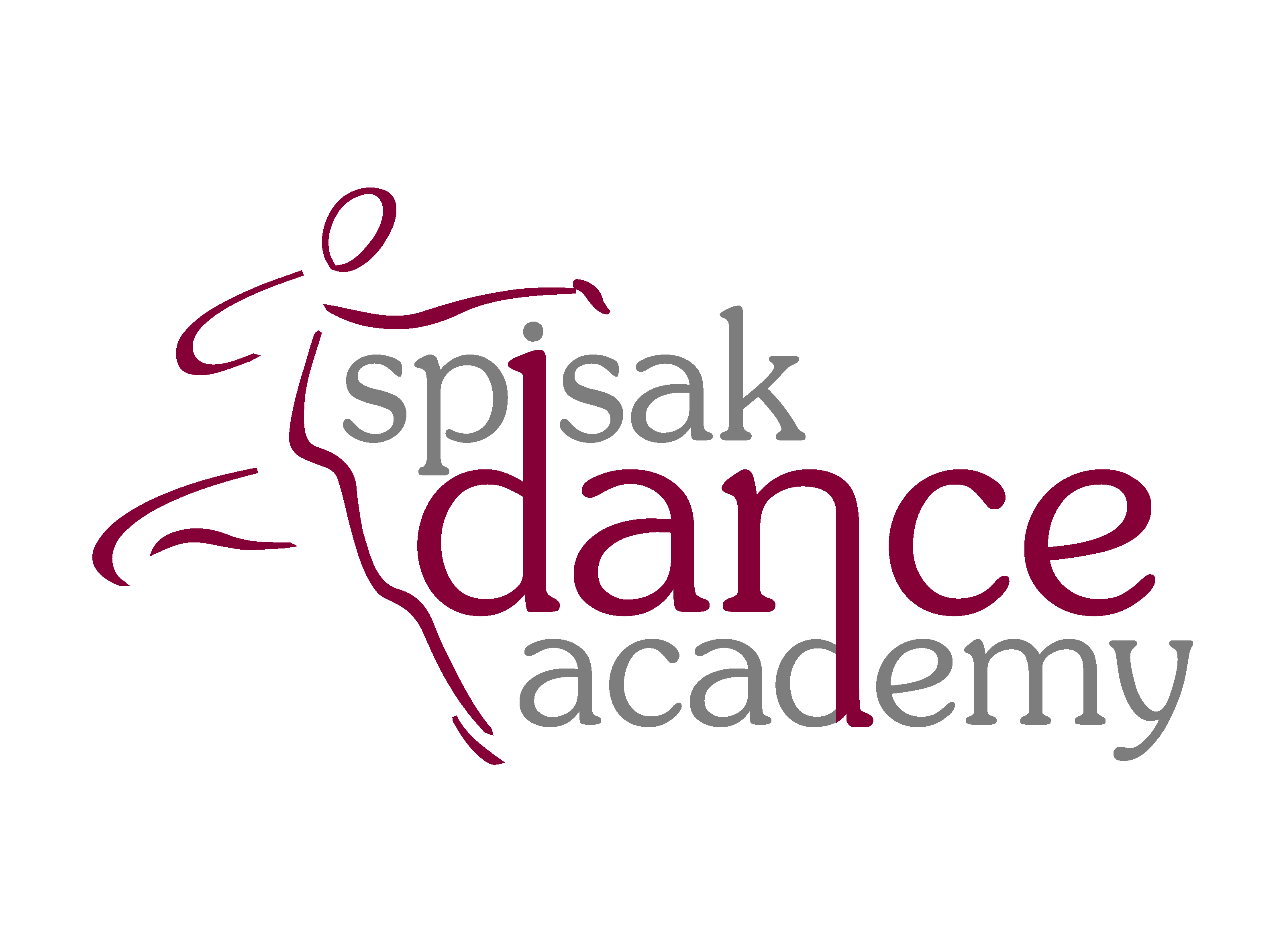Ballet
Ballet is the most important dance subject. The structure of a ballet class will almost always be the same wherever you go, whether you are a beginner or a seasoned professional dancer. This is where all dancers will learn terminology, body placement and alignment, and how to warm up the body properly and safely. Ballet class is progressive. In the beginning, dancers will start off at the barre learning basic movement and technique. The class will progress to center and across-the-floor work and will get bigger and faster as the dancers become stronger. Every ballet class finishes with Reverence.


